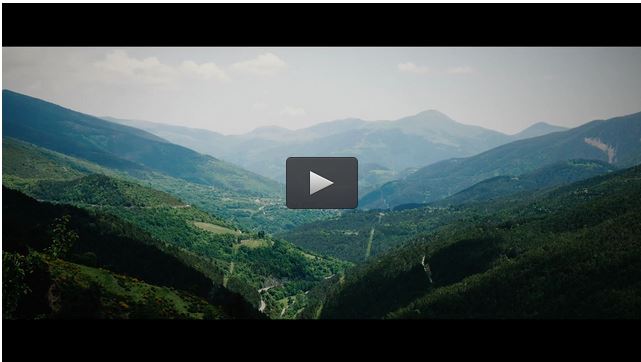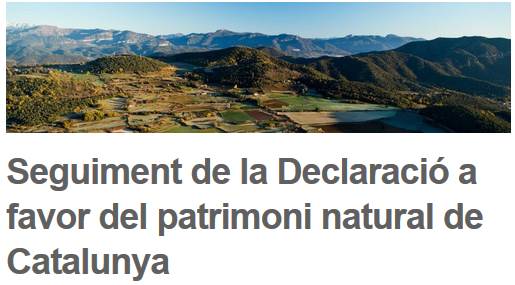|
DESCÀRREGA (PDF)
Enllaç (llibre de 350 pagines i 6,4 MB) lliure a:
http://s3.amazonaws.com/mongabay/conservation-biology-for-all/Conservation-Biology-for-All.pdf
PREFACI
Foreword by Georgina Mace:
2010 was named by the United Nations to be the International Year of Biodiversity, coinciding with major political events that set the stage for
a radical review of the way we treat our environment and its biological riches. So far, the reports have been dominated by reconfirmations that people and their lifestyles continue to deplete the earth?s biodiversity. We are still vastly over-spending our natural capital and thereby depriving future generations. If that were not bad enough news in itself, there are no signs that actions to date have slowed the rate of depletion. In fact, it continues to increase, due largely to growing levels of consumption that provide increasingly unequal benefits to different groups of people.
It is easy to continue to delve into the patterns and processes that lie at the heart of the problem. But it is critical that we also start to do everything we can to reverse all the damaging trends. These actions cannot and should not be just the responsibility of governments and their agencies. It must be the responsibility of all of us, including scientists, wildlife managers, naturalists, and indeed everyone who cares so that future generations can have the same choices and the same opportunity to marvel at and benefit from nature, as our generation has had. We all can be involved in actions to improve matters, and making conservation biology relevant to and applicable by all is therefore a key task.
It is in this context that Navjot Sodhi (Department of Biological Sciences, National University of Singapore AND *Department of Organismic and Evolutionary Biology, Harvard University (*Address while the book was prepared)) and Paul Ehlrich (Department of Biology, Stanford University) have contributed as editors of this important book. Covering all aspects of conservation biology from the deleterious drivers, through to the impacts on people, and providing tools, techniques, and background to practical solutions, the book provides a resource for many different people and contexts. Written by the world's leading experts you will find clear summaries of the latest literature on how to decide what to do, and then how to do it. Presented in clear and accessible text, this book will support the work of many people. There are different kinds of conservation actions, at different scales, and affecting different parts of the biosphere, all laid out clearly and concisely.
There is something in here for everyone who is, or wishes to be, a conservation biologist. I am sure you will all be inspired and better informed to do something that will improve the prospects for all, so that in a decade or so, when the world community next examines the biodiversity accounts, things will definitely be taking a turn for the better.
CONTINGUT
Introduction Navjot S. Sodhi and Paul R. Ehrlich
1: Conservation biology: past and present Curt Meine
2 Biodiversity Kevin J. Gaston
3: Ecosystem functions and services Cagan H. Sekercioglu
4: Habitat destruction: death by a thousand cuts William F. Laurance
5: Habitat fragmentation and landscape change Andrew F. Bennett and Denis A. Saunders
6: Overharvesting Carlos A. Peres
7: Invasive species Daniel Simberloff
8: Climate change Thomas E. Lovejoy
9: Fire and biodiversity David M. J. S. Bowman and Brett P. Murphy
10: Extinctions and the practice of preventing them Stuart L. Pimm and Clinton N. Jenkins
11: Conservation planning and priorities Thomas Brooks
12: Endangered species management: the US experience David. S. Wilcove
13: Conservation in human-modified landscapes Lian Pin Koh and Toby A. Gardner
14: The roles of people in conservation C. Anne Claus, Kai M. A. Chan, and Terre Satterfield
15: From conservation theory to practice: crossing the divide Madhu Rao and Joshua Ginsberg
16: The conservation biologist's "toolbox" principles for the design and analysis of conservation studies Corey J. A. Bradshaw and Barry W. Brook
|

















